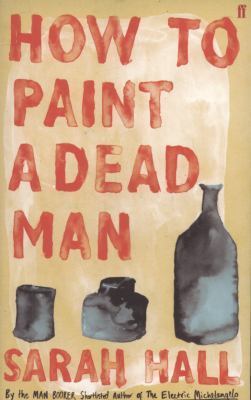What do you think?
Rate this book


304 pages, Paperback
First published June 4, 2009
I loved this. The writing is fabulous - full of sentences that make you sit back and marvel at their ingenuity and the images that they conjure up.
The chapters of the book flip between four different viewpoints. Each is set in a different place and time stays tightly with a single character and each is very individually written with no chance of a reader muddling up the writing - the headings announcing which character was in this chapter were totally superfluous. The distinctive voices were in first, third and even second person. Second person can be really tedious to read but here it was my favourite part of the book as it seemed to be rationed out just nicely. The settings varied from 1960s to the present day and included London, Italy and Cumbria. On the whole the book was well varied but early in the story I found the changes difficult to keep track of - though it wasn't long before I was hooked.
This is definitely a literary novel and not one driven by plot devices and I enjoyed the fact that the links between the four strands of the story weren't pointed out time and time again. I liked coming across small pieces of the jigsaw in the prose and I'm sure that there were plenty of details that I missed.
The book takes in, as you'd expect from the title, death, art and dying artists. Which might make it sound pretty bleak but it's a book full of light, full of interesting snippets of life and well worth a read.